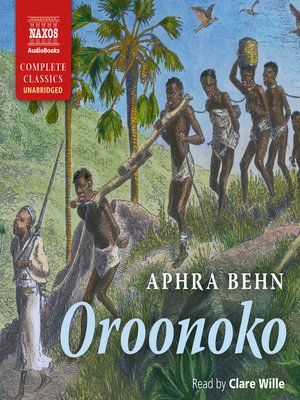


Anita Pacheco writes about the conceptual basis of hierarchy, saying that, “. The monarchs of England (as well as many other Western societies) are notable in that their authority was considered a grant from God, which would indicate that divinity was present within the actual person of the monarch and their lineage. In order to fully comprehend the allegorical aspects of the novel, it is necessary to examine the significance of “royalty” and “royal blood” in 17th century England. While Behn’s work is known for its major contribution to the development of the novel, it is also a text that is highly conditioned by the culture of political anxiety in which it was written. Operating as a reactionary response to the political turmoil of this time, Oroonoko is an allegorical narrative that asserts the divine right and honor of kings, a sentiment which echoes Behn’s own Royalist political leanings. In summary, Oroonoko recounts the tale of an idealized and highly romanticized African prince who is sold into slavery by his grandfather (the king) and is taken to the Dutch colony of Suriname by way of the Middle Passage, where he eventually leads a slave revolt, performs a mercy killing upon his wife, and is eventually executed. In such a political climate, it is only natural that the artistic and literary output of this time period is marked by a sense of agitation about the English state of affairs, and Behn’s 1688 novella Oroonoko is a blatant example of this. The only cultural context that Behn ever knew was one marked by major cultural and political turmoil which pitted the Royalist conservatives (Tories) against the Parliamentarian liberals (Whigs). Aphra Behn was born in the midst of the English Civil War and by the time of her death in 1689, she had seen Charles I executed by his own parliament, the overthrow and restoration of the monarchy with Charles II, and finally the deposition and replacing of James II on religious grounds.


 0 kommentar(er)
0 kommentar(er)
